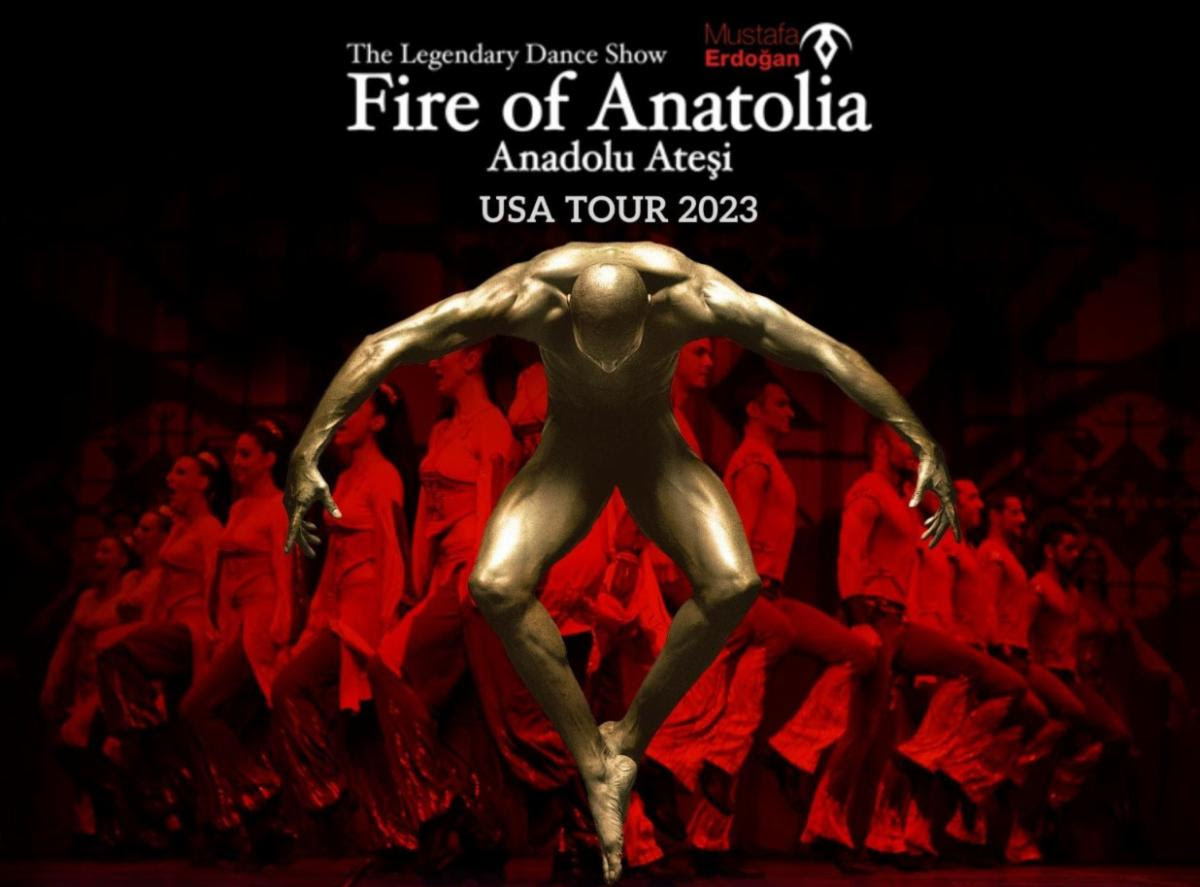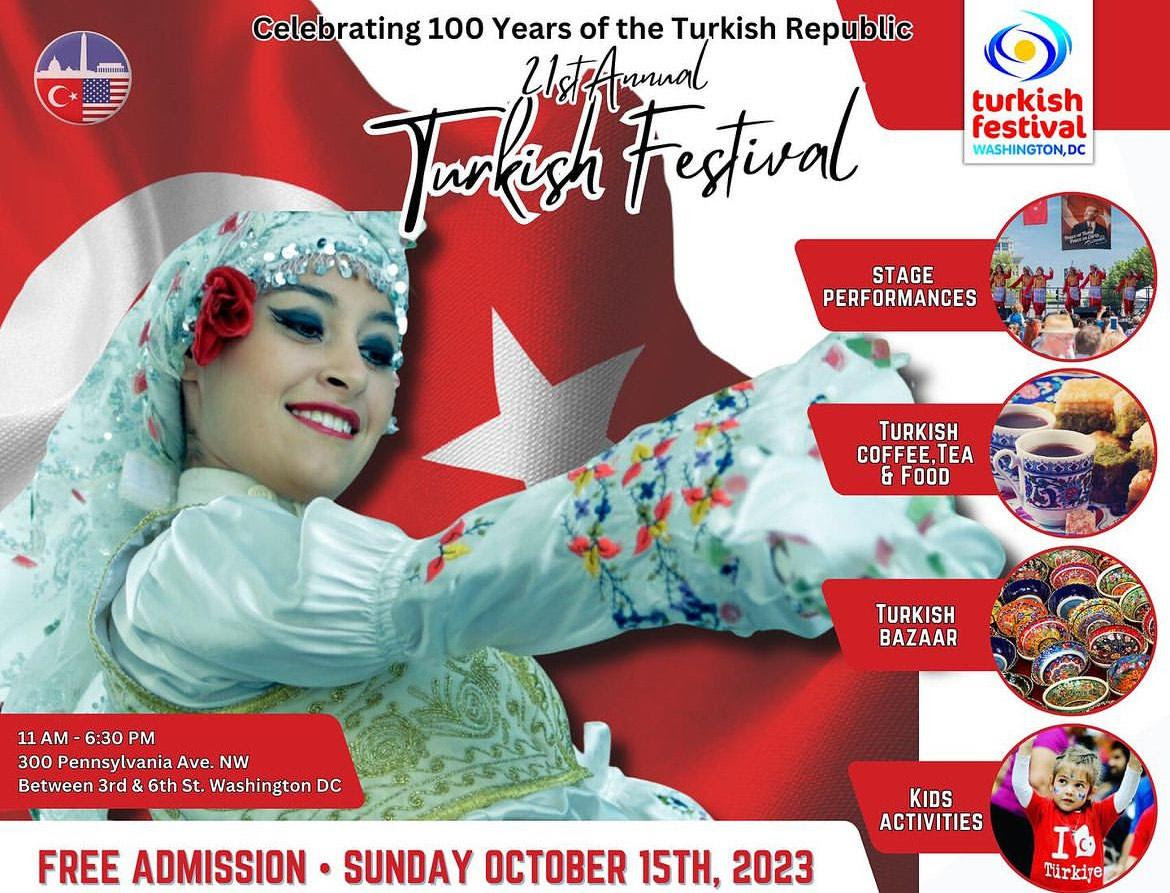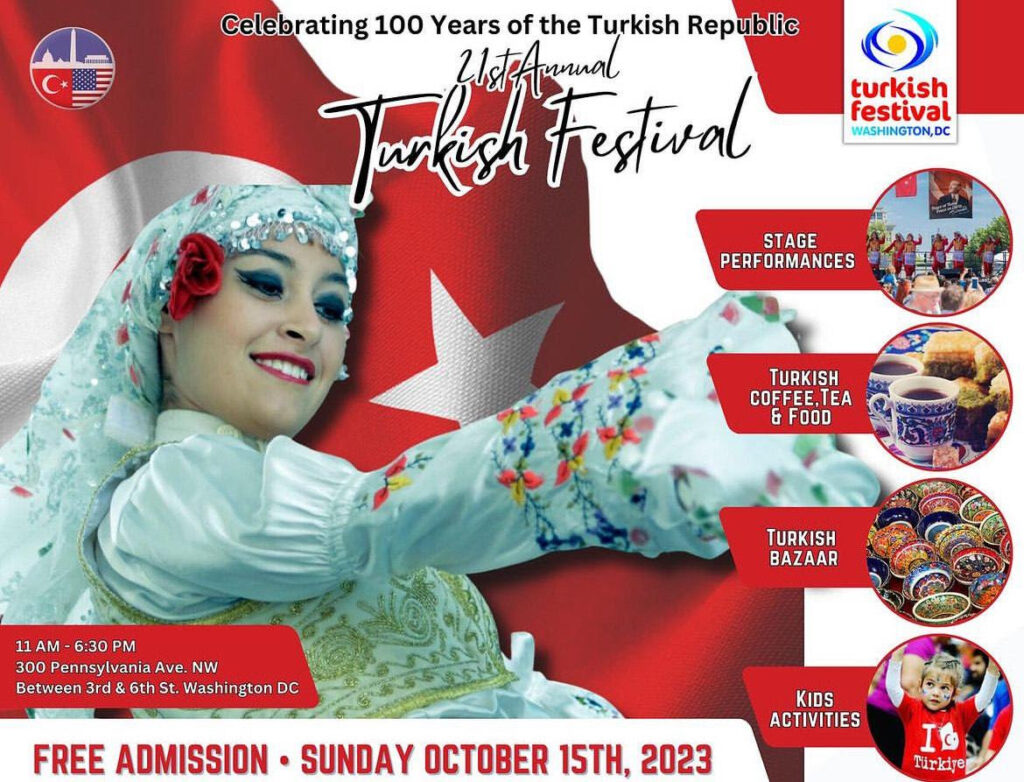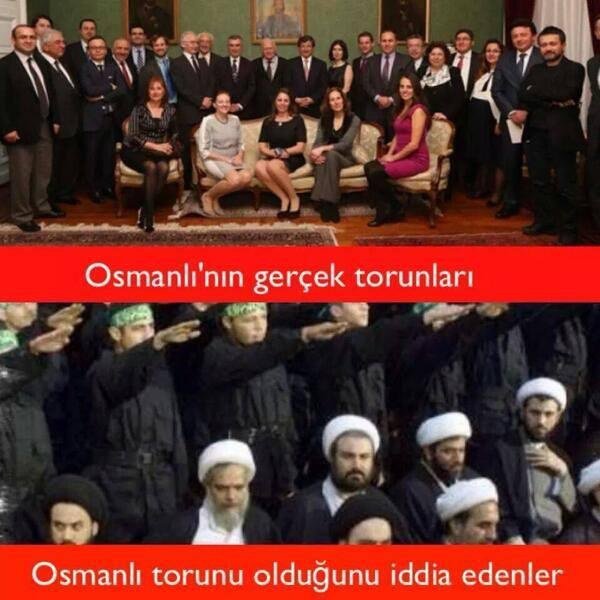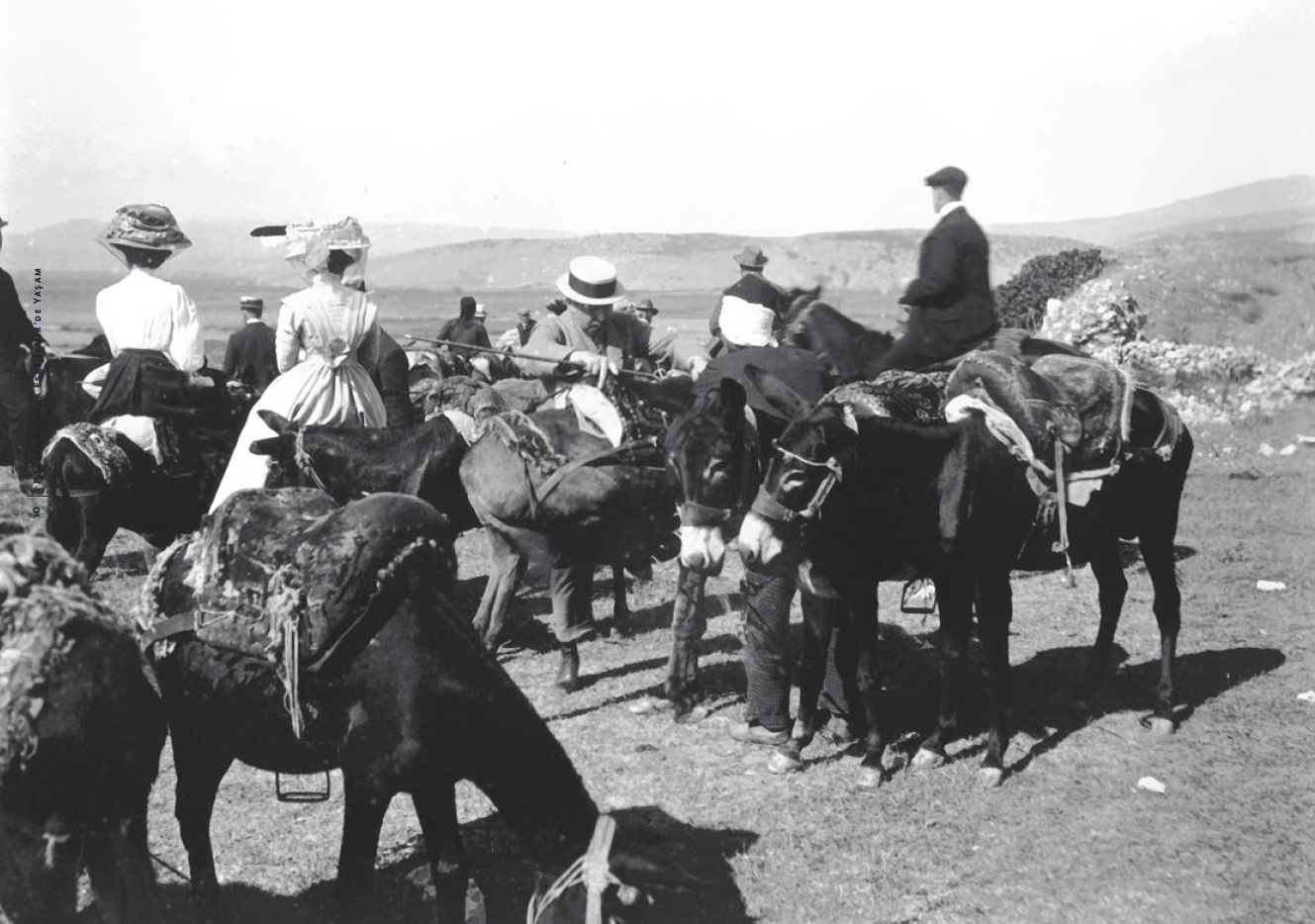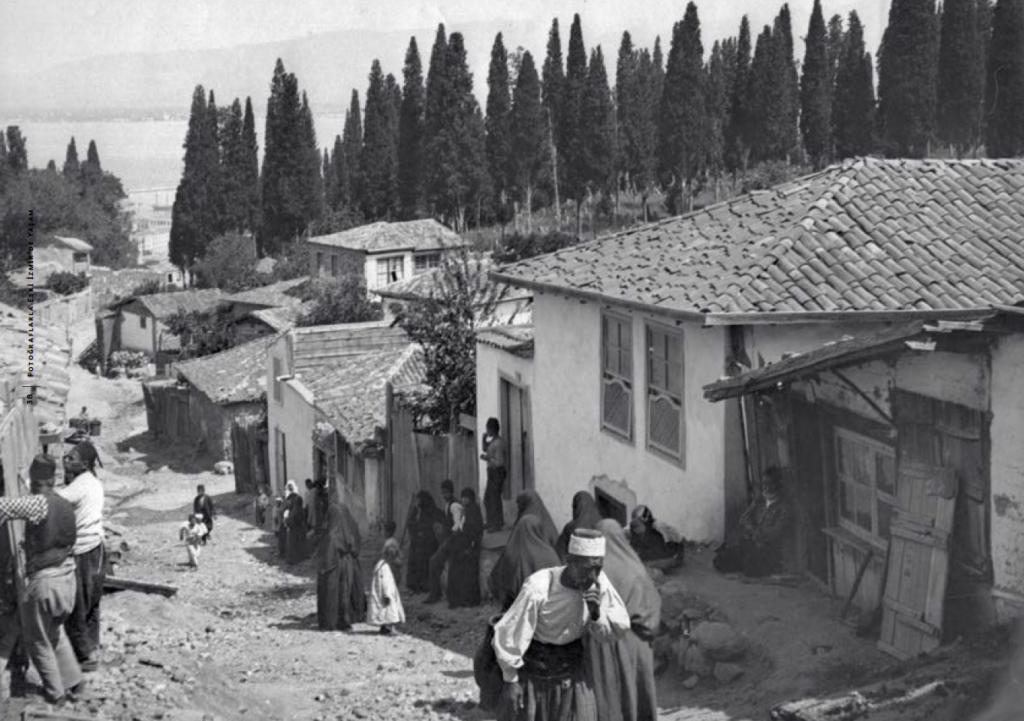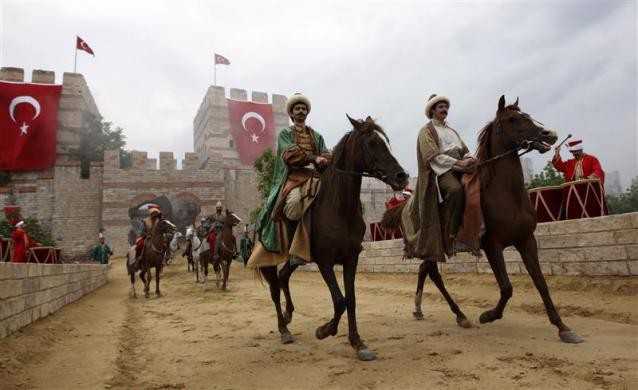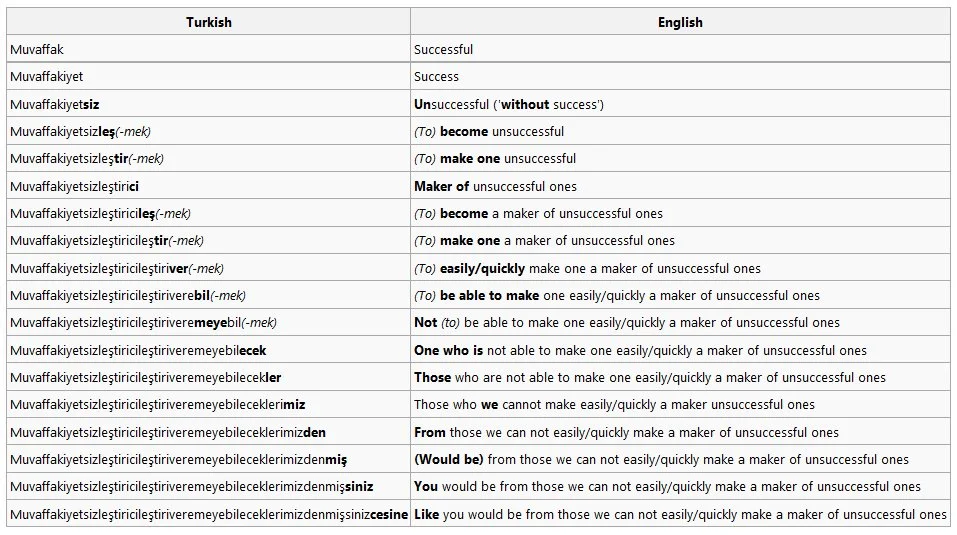Didem Korkmaz on Quora answers the question as follows:
Some Turkish people are big admirers of the Ottoman Empire and in fact would prefer to bring it back. I’m thinking of a large portion of the current Turkish government Akp’s supporters. They often carry a flag of the Ottoman sultan’s tughra, call themselves Evlad-ı Osmanlı (the child of Ottoman) and fully or partially reject the Republic of Turkey. Oddly enough these people are also the ones who know the least about the Ottoman Empire or simply refuse the truth they know. Just to give one example, 8 out of 10 Evlad-ı Osmanlı I come across are xenophobic nationalists and/or totally intolerant of different religions and/or dislike “the West” and what they call “white Turks.” But the Ottoman Empire was much more multicultural than Turkey is today, there were a lot more people from different religions, and a pretty high number of the Sultans they admire had European genes, so they were white Turks. In other words they don’t love the real Ottoman Empire, they love what they created in their minds as the Ottoman Empire which is very different than the reality.
For the rest, the Ottoman Empire is history; we like and feel grateful for some things they have done for paving our way, enjoy some stories from that era, cherish the architecture and inventions (personally speaking, especially food.) We also dislike some other things they have done and wished it was different.
In the end, it’s history. The Ottoman Empire was doomed to fall like every other empire. Our grandfathers and grandmothers built a more modern, democratic country from the ashes of the Ottoman Empire and I’m proud to call myself one of the Cumhuriyet Çocukları, the children of the Republic.


